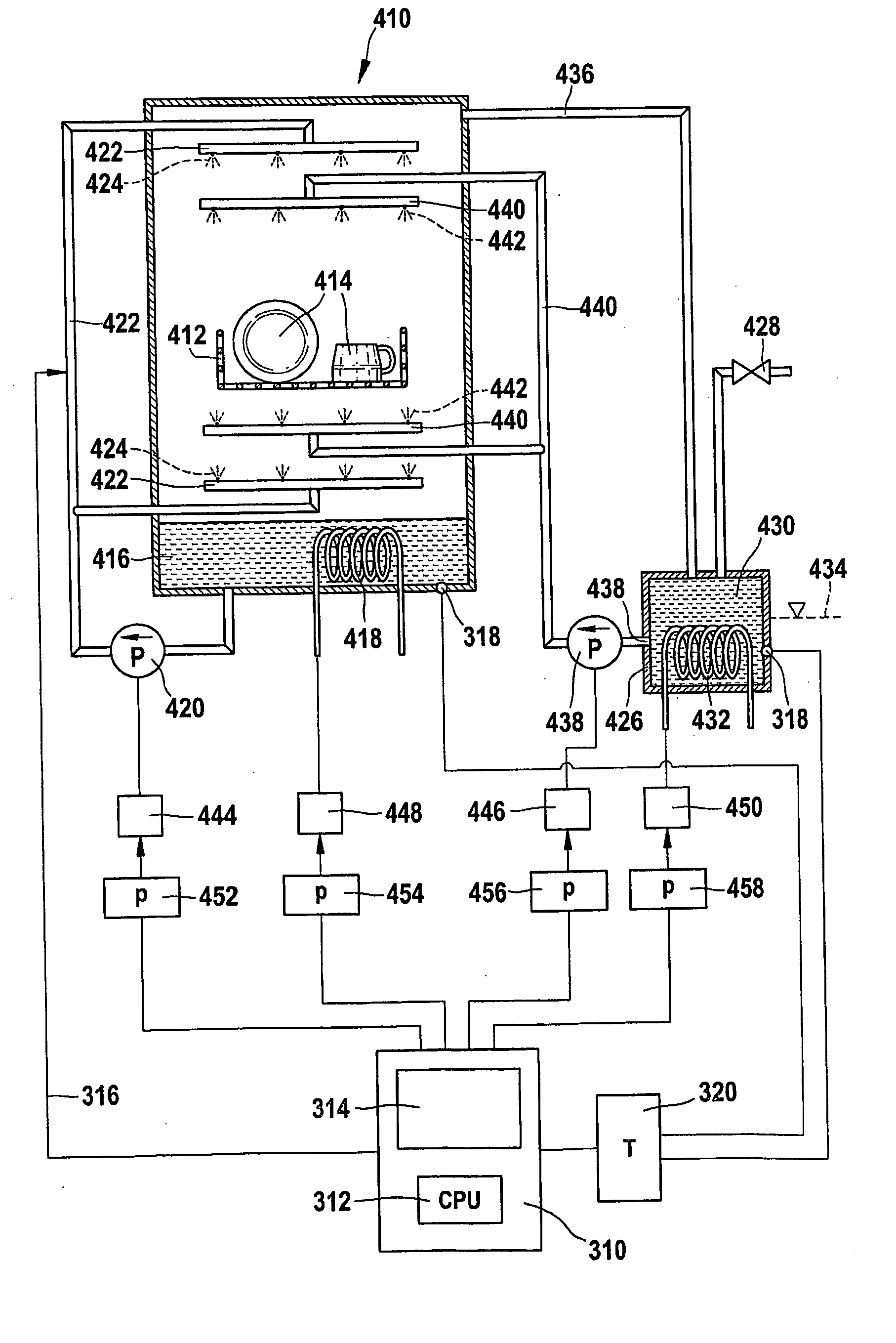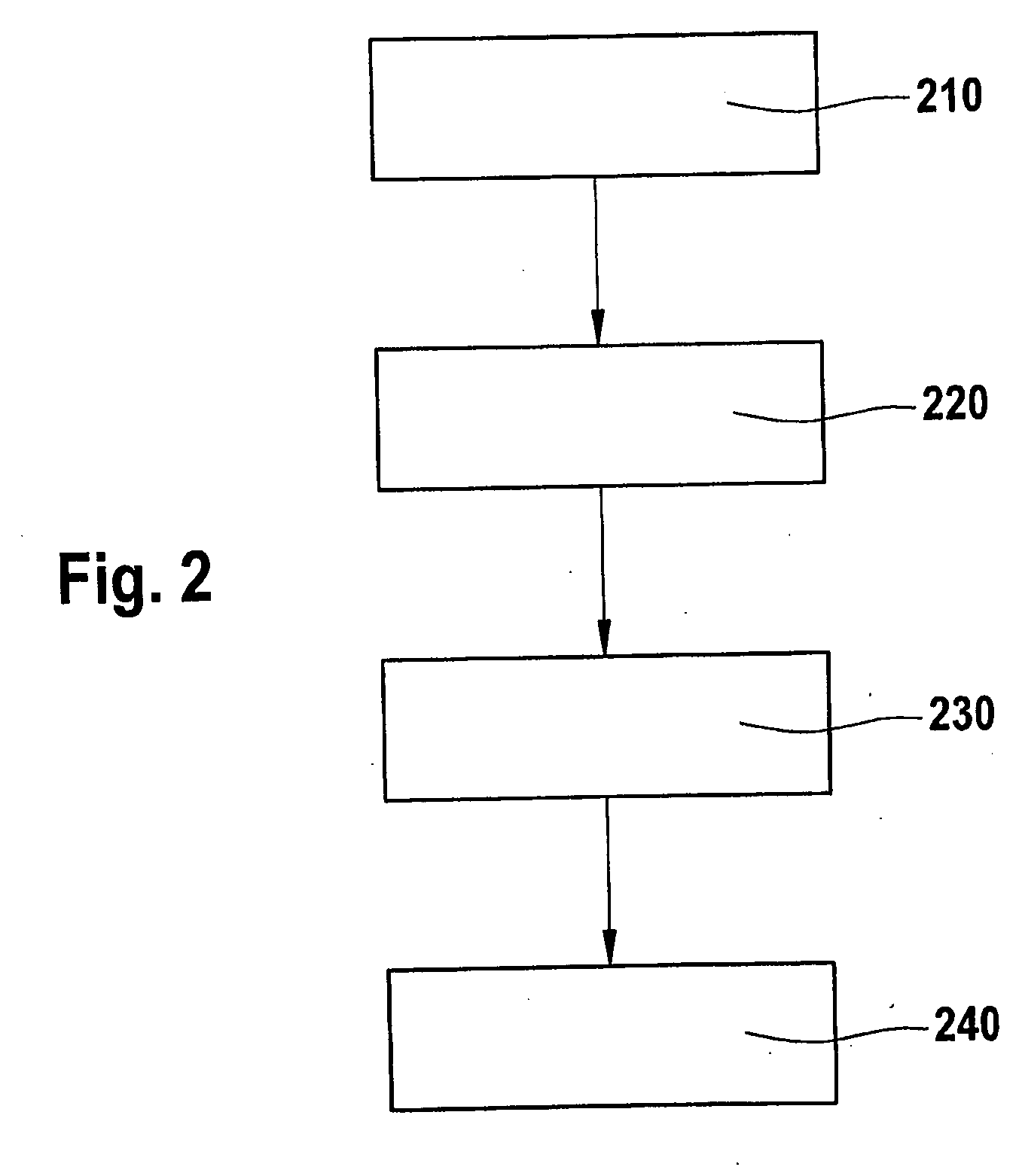Method and arrangement for the energy-saving operation of dishwashers
a technology for energy-saving operation and dishwashers, applied in the direction of constant-current supply dc circuits, ac network voltage adjustment, applications, etc., can solve the problems of inefficient energy use, frequent finding of slow and cumbersome dishwashers of the described typ
- Summary
- Abstract
- Description
- Claims
- Application Information
AI Technical Summary
Benefits of technology
Problems solved by technology
Method used
Image
Examples
Embodiment Construction
[0015]This object is achieved by the invention with the features of the independent claims. Advantageous developments are described in the dependent claims.
[0016]A method is proposed for energy-saving operation of a dishwasher, in particular for washing dishes or medical appliances, as well as an apparatus for in each case carrying out the method in one of the described refinements. The dishwasher may, in particular, be a multiple tank dishwasher. The method steps described in the following text need not necessarily be carried out in the described sequence. Further method steps, which are not included, may also be carried out. Reference is made to FIG. 2 for the numbering of the method steps.
[0017]The dishwasher should have a total number N≧2 of electrical load elements. As already described above, these load elements may, for example, be heating elements, pump elements, fans or drive elements. Further load elements may also be included, for example power supplies for controllers or...
PUM
 Login to View More
Login to View More Abstract
Description
Claims
Application Information
 Login to View More
Login to View More - R&D
- Intellectual Property
- Life Sciences
- Materials
- Tech Scout
- Unparalleled Data Quality
- Higher Quality Content
- 60% Fewer Hallucinations
Browse by: Latest US Patents, China's latest patents, Technical Efficacy Thesaurus, Application Domain, Technology Topic, Popular Technical Reports.
© 2025 PatSnap. All rights reserved.Legal|Privacy policy|Modern Slavery Act Transparency Statement|Sitemap|About US| Contact US: help@patsnap.com



